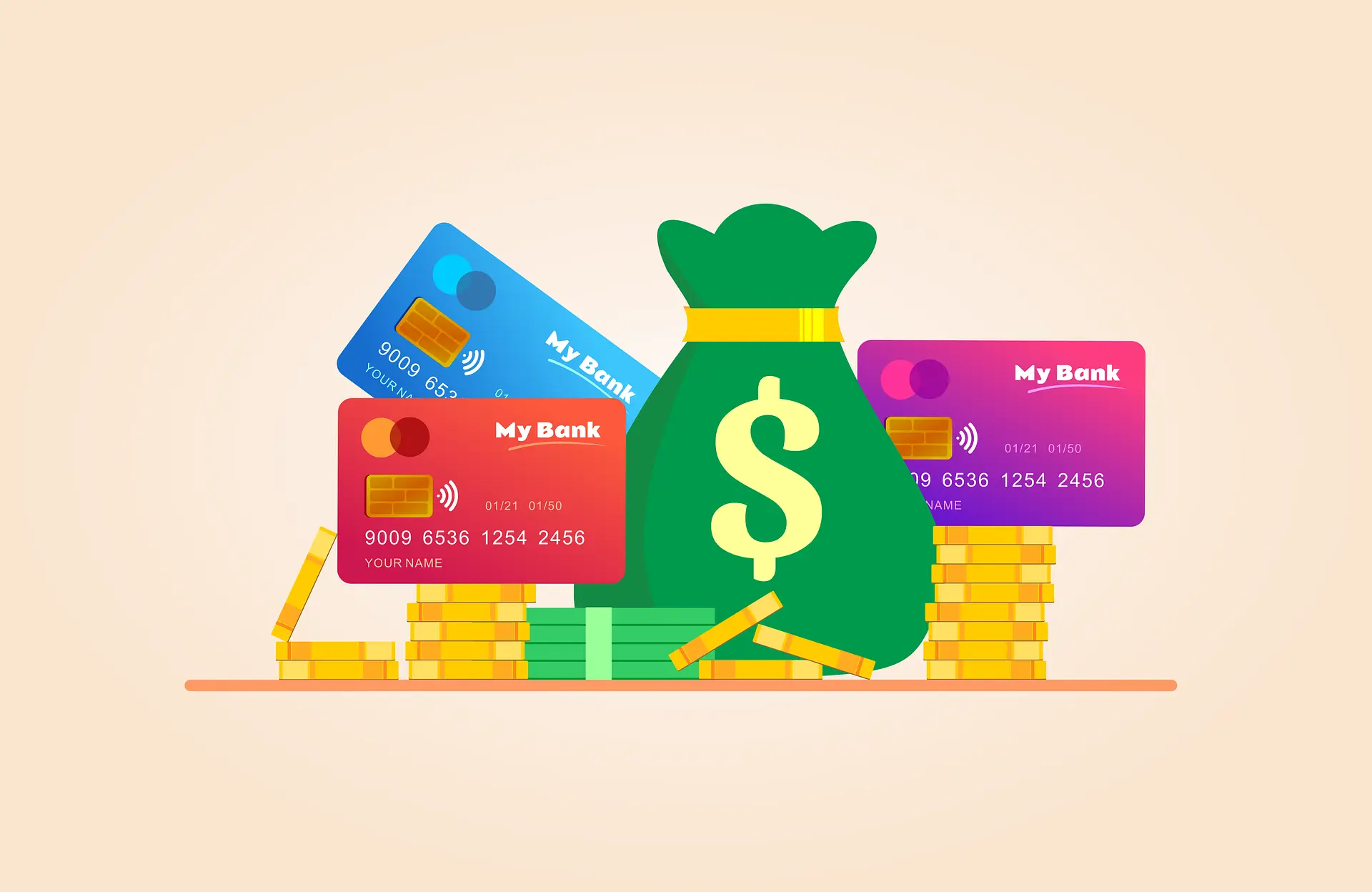What Is a New Checking Account and Why It Matters for Finance?
A new checking account is essentially a basic bank account designed for everyday transactions, like paying bills or withdrawing cash, giving you quick access to your money without the restrictions of other account types. Unlike a savings account, which is meant for storing funds and earning interest, a checking account focuses on liquidity and ease, making it a foundational tool in your finance strategy. This matters because, in a world where unexpected expenses pop up daily, having a new checking account helps you track spending, avoid overspending, and build better financial habits from the ground up.
To break it down further, here's a bullet list of essential features:
One common pitfall to avoid is confusing it with a savings account; the latter is for growth through interest, while a checking account prioritizes accessibility.
Pro Tip Callout:
Always compare fees before opening a new checking account—look for ones with overdraft protection to safeguard against unexpected withdrawals. This section highlights why a new checking account is more than just a bank product; it's a stepping stone to smarter finance management.


